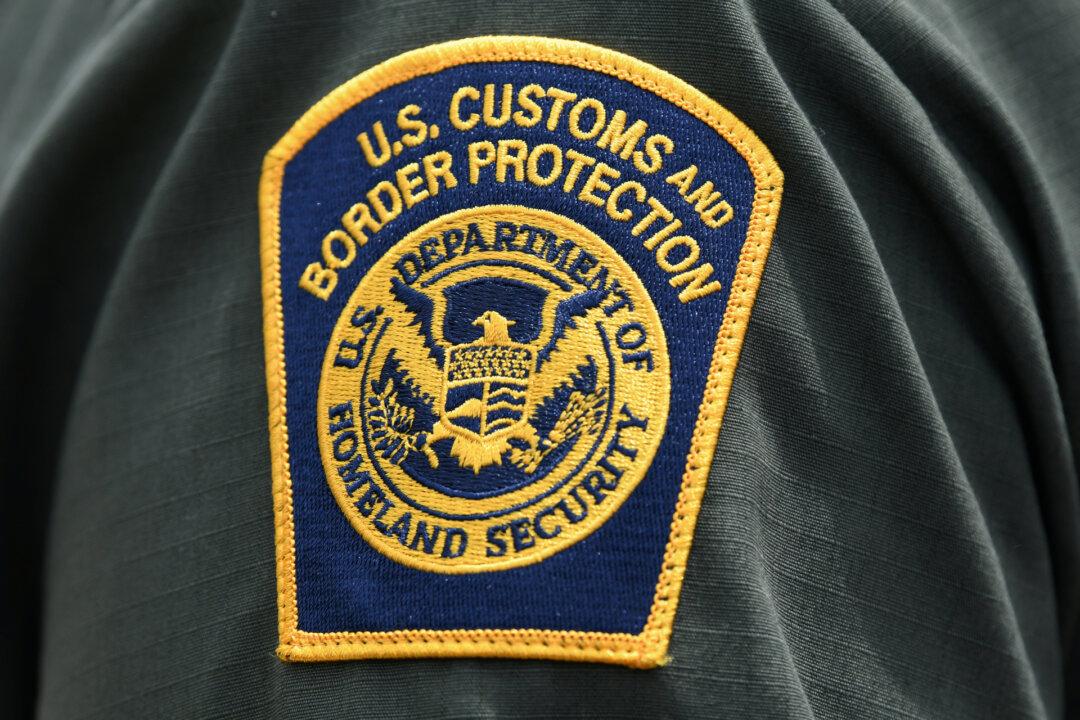An outbreak of Shigellosis, a diarrheal disease, within a small Chinese town has left many citizens frustrated at local authorities’ failure to take prompt action.
On Aug. 23, the health commission at Shou County, located in eastern China’s Anhui Province, issued an announcement that at least 493 residents in Baoyi Town had symptoms of fever, vomiting, stomach, and diarrhea since Thursday. Baoyi is one of several townships in Shou County, with close to 50,000 residents, according to official data.





